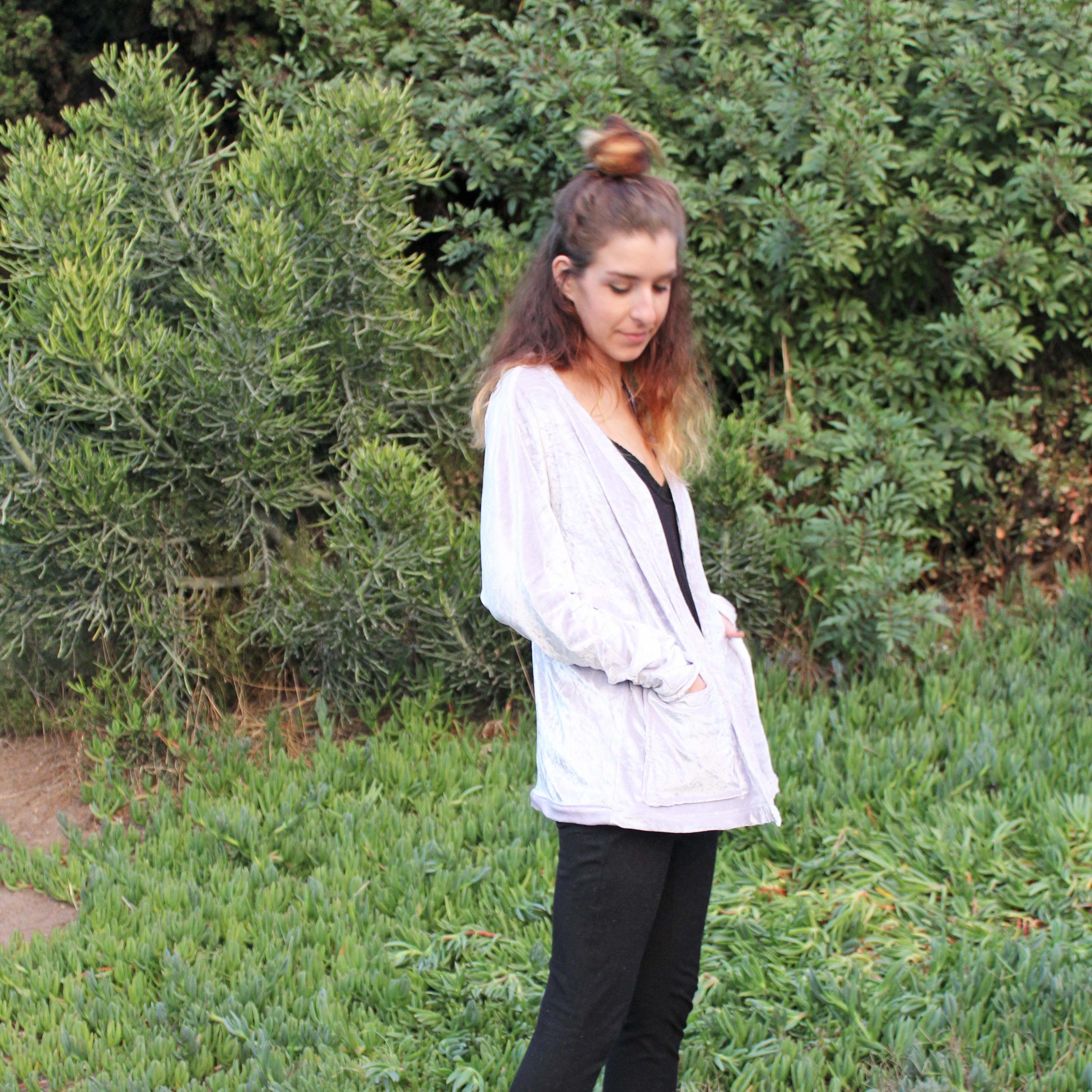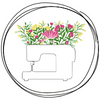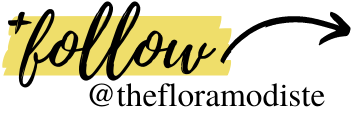How To Cut A Sewing Pattern

A few weeks ago we went over how to read a sewing pattern. I showed you how to read a pattern envelope, the instruction manual, and the sewing pattern itself. This week, we are going into some further detail on that, with how to cut a sewing pattern.
I felt that this was a good time to cover this because of this month's sewing project, the Wavy Cardigan. The Wavy is made with a knit velvet, and velvet is one of those fabrics that has to be cut VERY specifically and very carefully.
If a pattern is cut incorrectly, then the entire garment will be off.


I feel like most people just focus on the sewing of a garment, and how that is the most important part in having a successful sewing project. But that isn't necessarily the case..
Cutting is done before sewing, so if your garment is cut incorrectly, then there is no way you will be able to sew it correctly.
It just doesn't make any sense. So. Let's learn how to cut a sewing pattern correctly the first time, right?
(Love sewing, but have no idea where to start? Building your own sewing kit is an excellent first step! Grab your free, printable worksheet below and start learning how to sew today.)
How to cut a sewing pattern: Fabric layout

All fabric is sold by the roll, and has both a vertical and horizontal edge. The vertical edge of your fabric is called the selvage. The horizontal edge is the length in which you decide to cut your fabric for a project. The length in which you have your fabric cut depends on the project.
The Wavy Cardigan used up about 2 yards of fabric, the Ashby Coat used up 3. It really just depends on what you are working with.
All fabric rolls have a different horizontal width, so it's important to pay attention to that when deciding how much fabric to cut for a specific project. Typical fabric widths range from 45"-60".

This is the direction in which your pattern pieces need to be cut.

Sometimes, there are pieces that are cut on a diagonal (also known as the bias) to give the pattern piece more stretch.
In the case of the Wavy, all pattern pieces were cut vertically along the grain line. Because of the shine and pile of the velvet for this project, it was imperative that the pieces be cut along the same grain line, to ensure the entirety of the cardigan looked consistent.
If I had cut even one pattern piece of the Wavy on the vertical, and another on the horizontal, then the shine and look of the Wavy would have been completely off.
This goes for pretty much any fabric, but is especially true with velvets.
(Love sewing, but have no idea where to start? Building your own sewing kit is an excellent first step! Grab your free, printable worksheet below and start learning how to sew today.)
How to cut a sewing pattern: Create a marker

A marker is the layout in which all pattern pieces are arranged on the fabric, before anything is cut.
It's almost like putting together a jigsaw puzzle, ensuring that all the pieces fit together properly. Cutting with a marker allows you to use as much space as possible, while wasting as little fabric as possible. It also ensures that you have enough fabric for a project.
I HIGHLY recommend arranging all of your pattern pieces on your fabric before pinning or cutting anything.


Arrange them on your fabric that is laid out flat, getting them as close as possible to one another. Make sure all pieces are laying in the same direction, along the grain line.
Once all of the larger pieces are laid out, start laying out the smaller ones in the empty space.

Fill up as much space as you can, getting the pieces as close as can be, without overlapping. Once all of the pattern pieces are arranged on the fabric, start pinning the pieces to the fabric.
Make sure to pin closely, to ensure easy and accurate cutting in the next step.
(Love sewing, but have no idea where to start? Building your own sewing kit is an excellent first step! Grab your free, printable worksheet below and start learning how to sew today.)
How to cut a sewing pattern: Cutting patterns properly

Once the sewing pattern is fully pinned to the fabric, it's time to start cutting. I prefer to roughly cut out the sewing pattern first, with some excess around the edges.
Keep in mind, there shouldn't be too much excess around the edges.. Maybe 1/2"-1" in extra fabric. This is almost like an additional seam allowance, when doing that first rough cut.
Once all of the pieces are roughly cut out, it's time to cut the pieces out properly. Cut around the different pattern pieces,

DO NOT cut your patterns out with your scissors in the air.


If you cut your patterns out with your scissors in the air, your pieces will be completely off.
This is especially true with knits or lighter weight fabrics. If you cut knits in the air, they will stretch. If your pieces stretch, then they won't match, and your sizing will be completely off, all over the place.
Just don't do it.
Once you fully cut out a piece, go back through and make sure to snip all of the notches and seam allowances. Snipping notches and seam allowances ensures your seams will match up properly, and all pieces will be sewn together properly.
Repeat with every pattern piece, until the entire sewing pattern is cut out.
(Love sewing, but have no idea where to start? Building your own sewing kit is an excellent first step! Grab your free, printable worksheet below and start learning how to sew today.)
How to cut a sewing pattern: Are you ready?

And that's it! Learning how to cut a sewing pattern isn't too difficult, it's just a bit time consuming to do it properly. And learning how to properly cut a sewing pattern can make a world of difference with a sewing project.
You always want to make sure to have the best possible start to a sewing project, and cutting properly is pretty much that first step.
Oh, also: I prefer to keep the paper patterns pinned to the cut fabric pieces until I use them in the project. If you take off all of the paper pieces, how will you know what is what?
Take off the paper patterns as you sew the garment together, and you will be a happy girl. Promise.
Any questions on how to cut a sewing pattern? If there is anything I missed, totally let me know. Now let's get sewing!






